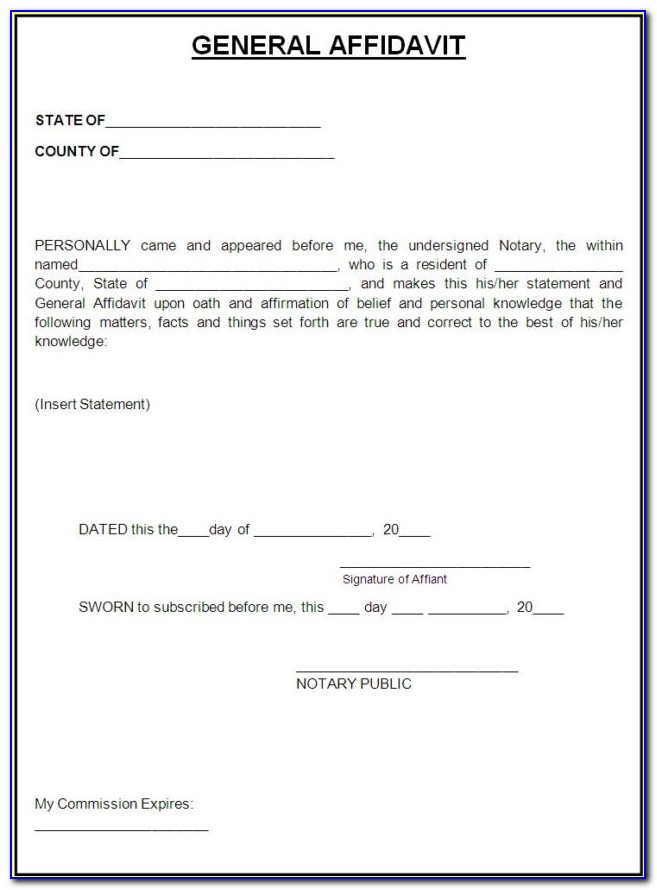
This provides time and cost saving in the audit because other controls with minor impacts to the business risk are placed in a different “bag.” Benefits of conducting an RBIAInternal Audit is responsible for the development of an internal audit plan (‘the plan’), with a corresponding budget. We hope they will be a valuable tool to promote new ideas and support the development of your internal audit.This article focuses on RBIA and describes a method to select the high-risk fields via risk assessment as a focal point. A good number of audit committees, boards, and management teams now expect internal audit to anticipate key issues and decisions, risks, and be more forward-looking.to the demands placed upon internal auditors. Now, however, internal audit groups and their stakeholders recognize that the function must evolve in order to meet the needs of the changing organization.


Table 2: RBIA versus traditional internal audit (IA) Traditional IA ApproachAudit plan is based on the results of the business risk evaluation. Table 2 below presents a comparison between an RBIA and the traditional approach of internal audits (IA). Table 1: Benefits of an RBIA● Easier adaptation to changing conditions by developing a consistent and comprehensive approach for risk management● Provides a better understanding and management of the risks● Increases the risks of opportunity by reducing negative risks● Provides the risks to be identified correctly and the existing management and internal control to ensure the best performance● Creates the ability to give the correct answer to unexpected demands and challenges in the face of deviations from targets● Easier to understand the risks waiting for the business and their actual effectsRBIA is an approach that requires extensive knowledge of the business and its risks, so it is often defined as being quite complex.
ConclusionEconomic and social life have expanded in unexpected ways recently, and the volume of business has expanded greatly to match them. Here, the risk management processes, the management of key risks and the recording and reporting of risks (audit results) are included.At this stage, individual risk-based assignments to provide assurance on part of the risk management framework are executed: For instance, on the mitigation of individual or groups of risks. This procedure is an indicator of the reliability of the risk for audit planning purposes.An audit is planned for a specific period (typically annual) where all areas on which the board requires objective assurance are identified and prioritized.
...


 0 kommentar(er)
0 kommentar(er)
